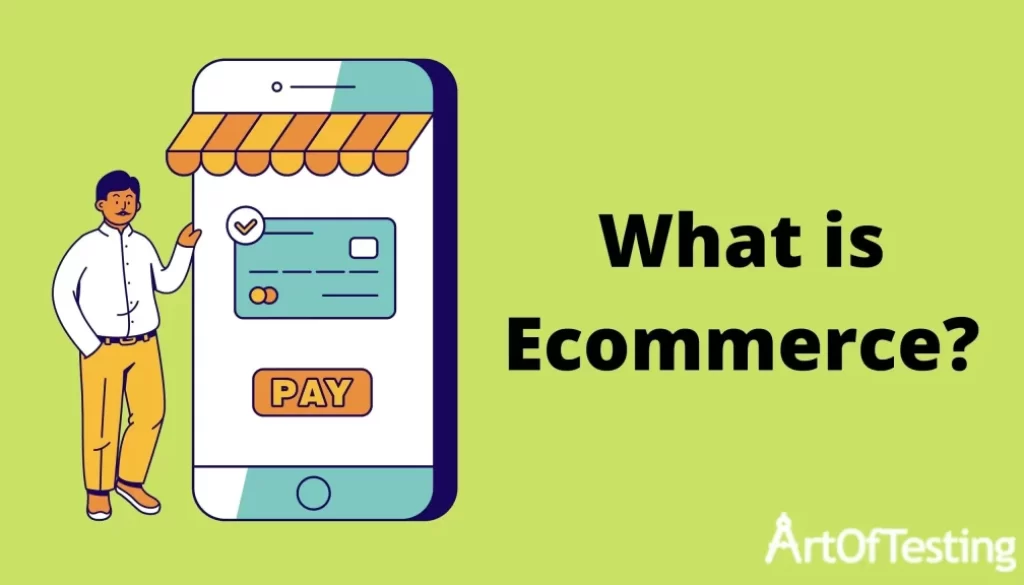E-commerce
DEFINING E-COMMERCE
Dr. Robert Jacobson, Principal Consultant to the California State Assembly’s Utilities & Commerce Committee, invented and first used the word in the title and language of California’s Electronic Commerce Act, which was carried by the late Committee Chairwoman Gwen Moore (D-L.A.) and approved in 1984.
There are five essential categories of E-commerce:
Business to Business
Business to Consumer
Business to Government
Consumer to Business
Consumer to Consumer
what is ecommerce
E-commerce (electronic commerce) is the purchasing and selling of goods and services, as well as the transfer of payments or data, over an electronic network, most notably the internet.
How does ecommerce work?
Ecommerce connects buyers and sellers through numerous technological channels. The exchange of goods or services is then enabled via a payment processor.
Advantages of e-commerce
- Faster buying process.
- Store and product listing creation.
- Cost reduction.
- Affordable advertising and marketing.
- Flexibility for customers.
- No reach limitations.
- Product and price comparison.
- Faster response to buyer/market demands.
What is scope of e-commerce?
The following describes the scope of e-commerce: (a) Business to Business Commerce (B2B) – This type of e-commerce involves business transactions between two or more businesses conducted via computers or electronically.
Top 10 Best eCommerce Companies in India [2023 Updated List]
- 1) Amazon India
- 2) Flipkart
- 3) Nykaa
- 4) IndiaMART
- 5) Meesho
- 6) FirstCry
- 7) BookMyShow
- 8) OLX
- 9) MakeMyTrip
- 10)AJIO
Limitations of e-commerce
- Huge technological cost. Since everything is online, it requires the use of creative resources and also a large amount of investment.
- Security.
- Employee cost.
- Huge advertising cost.
- High shipping cost.
- Cost of packaging.
- Warehousing cost.
- Marketing cost.
